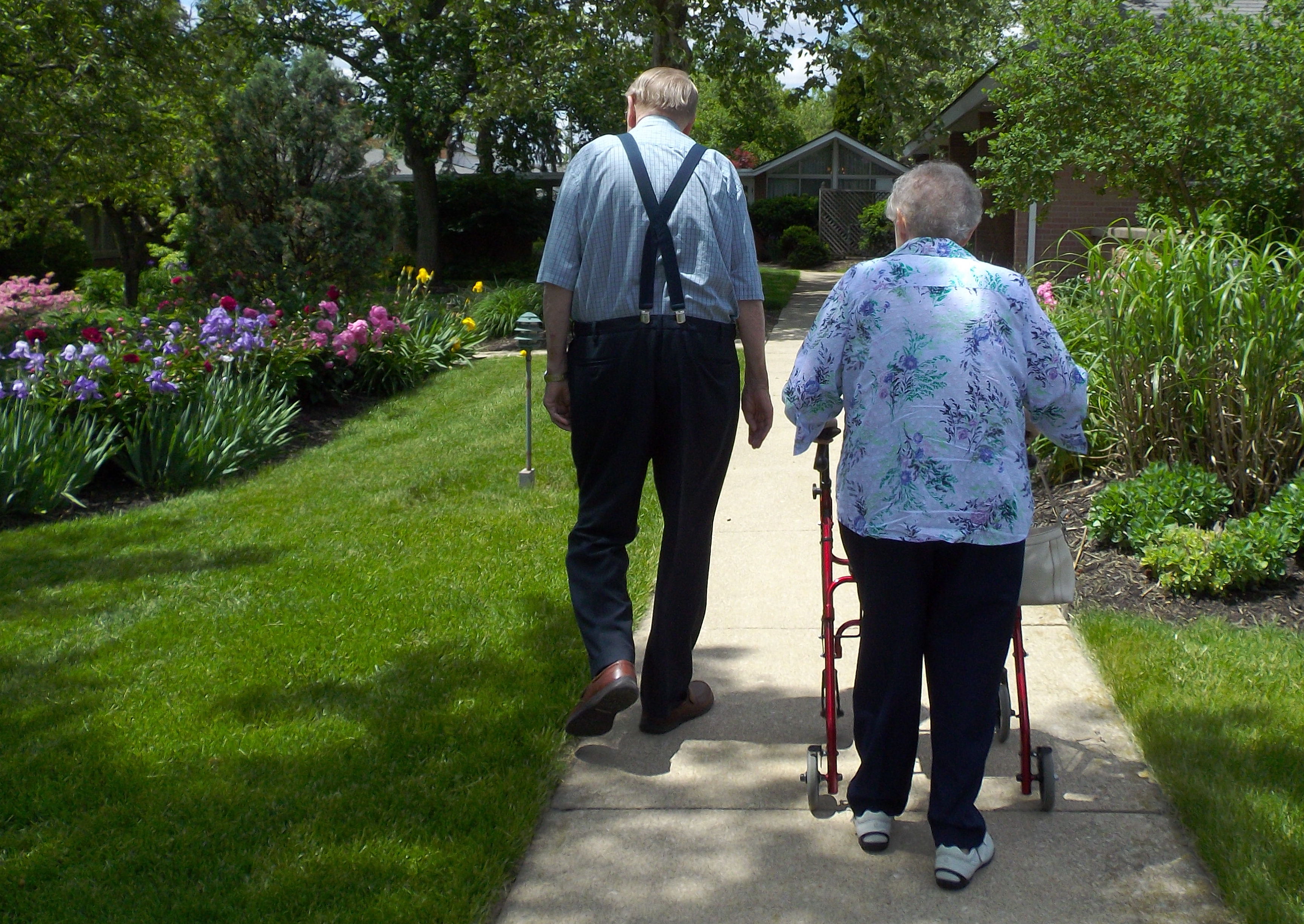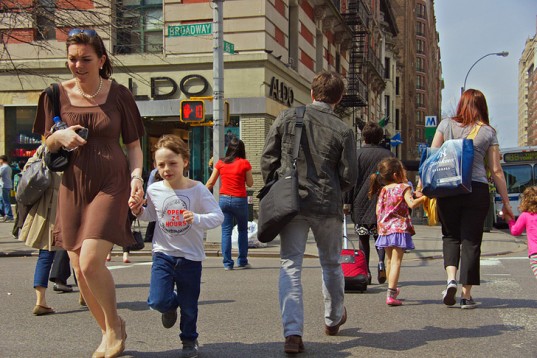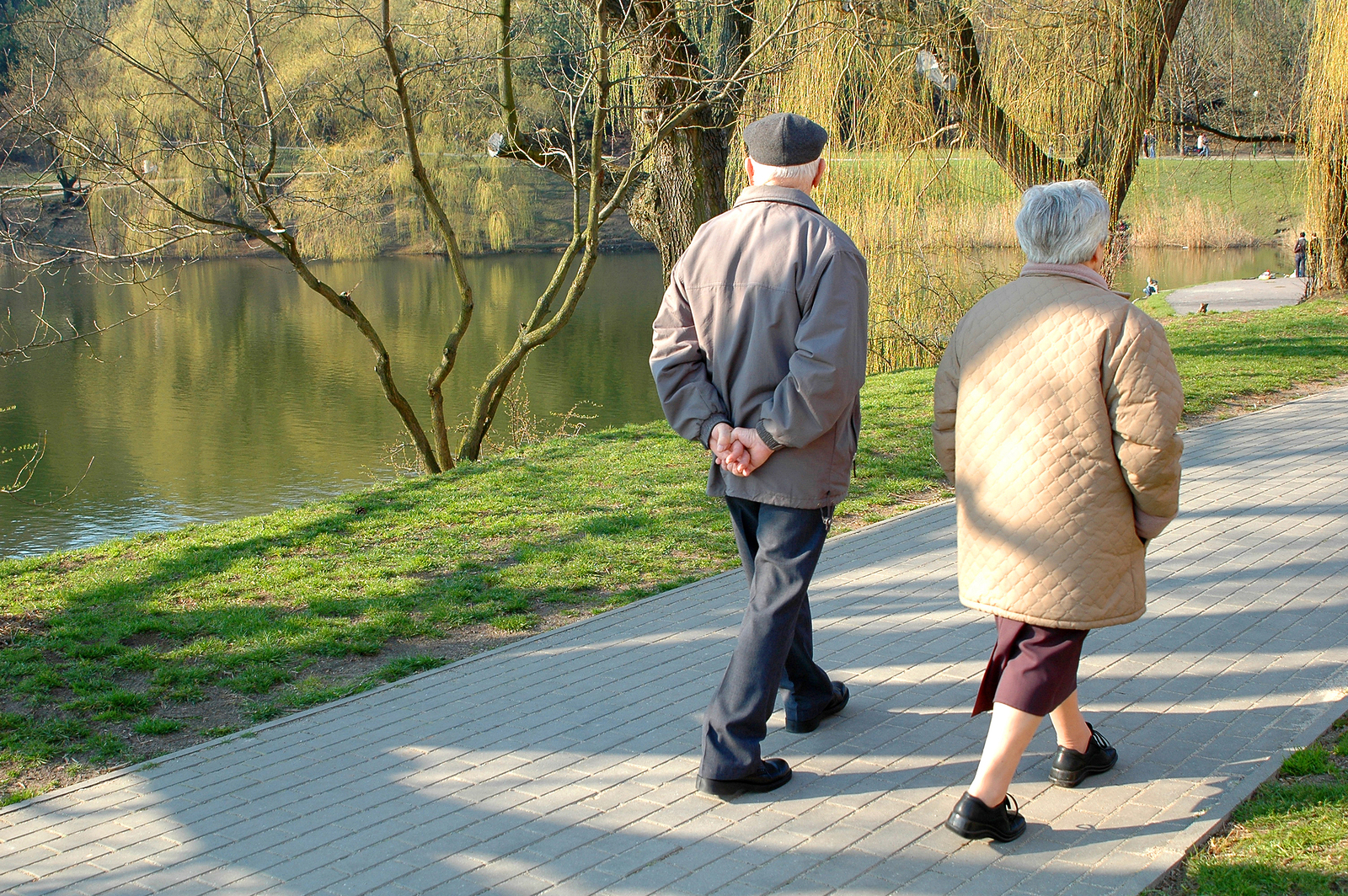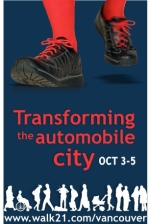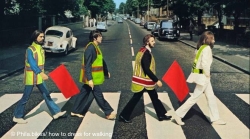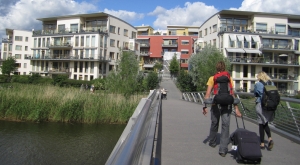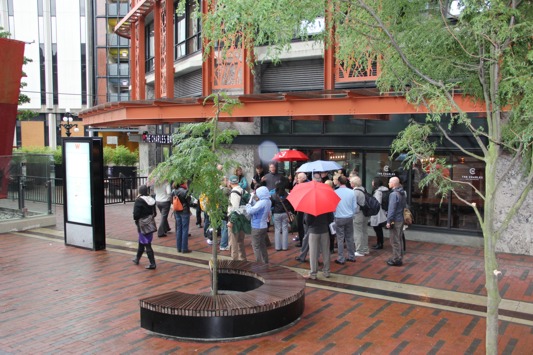
In the Fall of 2016 there was some nasty positioning happening in the City of Toronto between advocates of motordom having full advantage of Toronto streets and the rights for vulnerable road users to also have a somewhat equitable share of the street. Toronto has demonstrated a weak approach to vulnerable street user policy instead of steadfastly championing the right of citizens to be safe on the streets. Thirty-eight pedestrians and cyclists have died in Toronto this year. Shockingly eight have died this month. That is two people a week dying on Toronto streets in October.
The fatalities are largely people over 65 years of age who are hit by a larger vehicle. They are usually walking across an arterial road in the suburbs, and usually at a location without a crosswalk or traffic signal. You can also think of this as one vulnerable road user dying per 68,421 people. (A quick note, Vancouver is worse, with one pedestrian dying per 54,727 people).
The City’s response, instead of universally lowering speed (which is proven to reduce mortality and injury) or re-examining road design or regulating driver behaviour has been to focus on the visibility of pedestrians. And that reports the Globe and Mail has a lot of people really upset.
“Enough is enough, we have to end fatalities and serious injuries on our roads,” said David Stark, whose wife was killed when a vehicle mounted the east-end sidewalk where she was standing.The group – Friends & Families for Safe Streets – officially launched Tuesday at City Hall. It is spearheaded by people such as Mr. Stark, all of whom have lost a family member or close friend in a road collision.

In the early days of motordom, car crashes were termed “road violence” – a term that echoes protests from the early decades of motoring, when fatal collisions sparked outrage against “death drivers.” “The gravity of the harm calls for actions,” said Yu Li, whose close friend was killed while cycling. “And the term of road violence will have that effect of bringing this to the conscience of everybody, that these are not accidents. These are preventable and these are tragedies with grave consequences.”
The group is calling for the city to go beyond the road safety plan announced this summer. That plan was slammed for its timidity when unveiled and was later beefed up. But critics say it continues to focus too much on small fixes and not enough on cultural change. A drop to the default speed limit – a key tactic in some cities – was not among the measures included.
I’ve been back four times to Ontario this year and the behaviour of vehicle drivers to vulnerable road users is markedly different. In Vancouver, most motorists yield to pedestrians and cyclists. That is just not the case in Ontario’s major city.
Being visible whether you are a pedestrian or a bicyclist is so important, and can be so challenging. The most dangerous time for pedestrians is in the autumn and winter, with Ontario statistics showing that over 40 per cent of serious injuries and 42 per cent of pedestrian fatalities occur at that time. (2010, Ontario Road Safety Annual Report). But wearing reflective clothing is a personal choice that a pedestrian or cyclist makes to be visible to vehicles. It does not condone speed, driver behaviour, or bad road design.
In Finland, every child going to school must wear three pieces of reflective items on their clothes and their backpack. The safety reflector was developed in Finland in 1960, and it is the law that pedestrians wear reflective clothing and reflectors in the dark. Indeed, wearing reflectors and reflective clothing is completely accepted as daily wear in Scandinavia. That part of the world also has the lowest incidence of pedestrian accidents.
A similar program in Great Britain reduced pedestrian deaths with children by 51 per cent. Studies show that wearing a reflector increases the visibility of pedestrians from 25-30 meters to 140 meters, increasing the reaction time from two seconds to ten seconds for a car being driven at posted municipal speeds of 50 kilometers an hour. That is eight seconds more for a driver to react, and for a pedestrian to survive.
Sure reflectivity of pedestrians will enable vehicle users to see vulnerable road users. But reflectivity is not the sole response. A vigorous and truthful campaign to slow speeds, address problem streets and intersections, address driver behaviour and regulate is key. Toronto needs to step up to the 21st century. These tragic deaths on Toronto streets should be the tipping point. But will it be enough to change policy and attitude?



